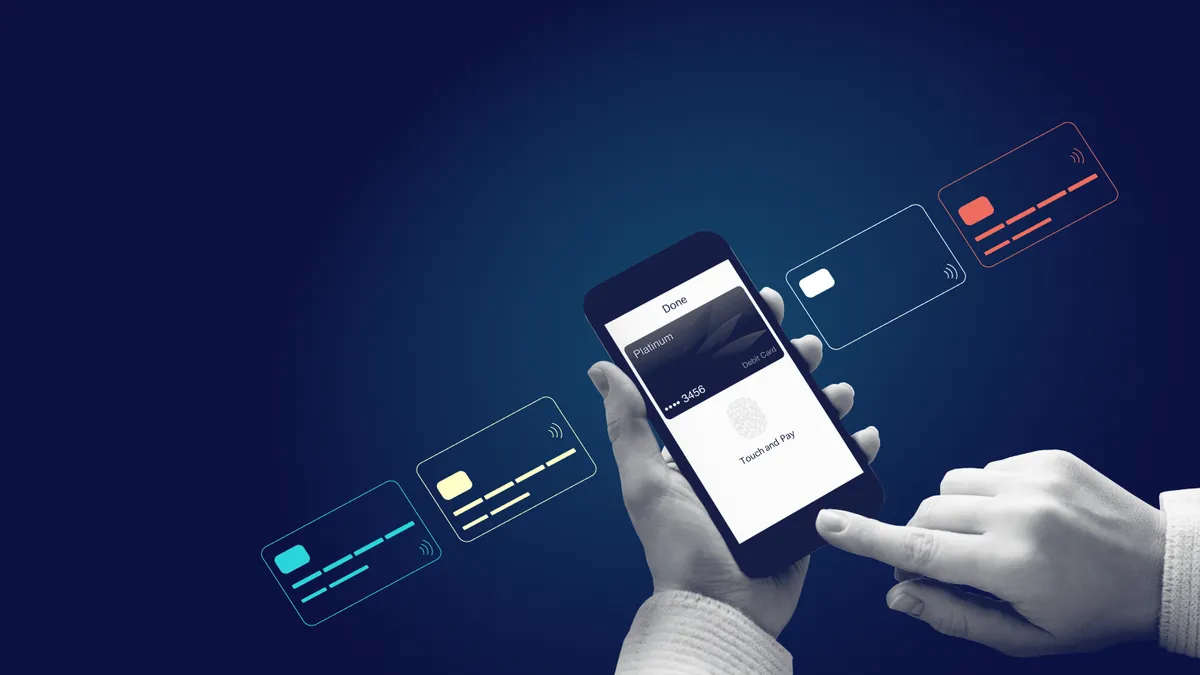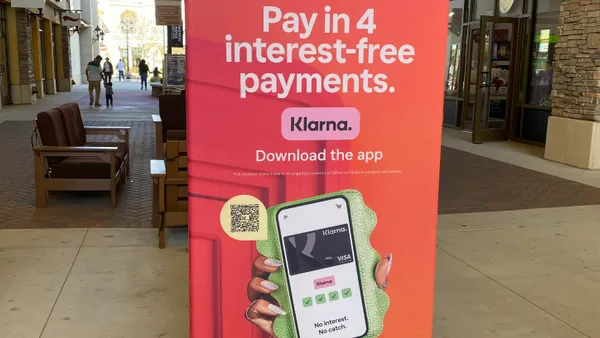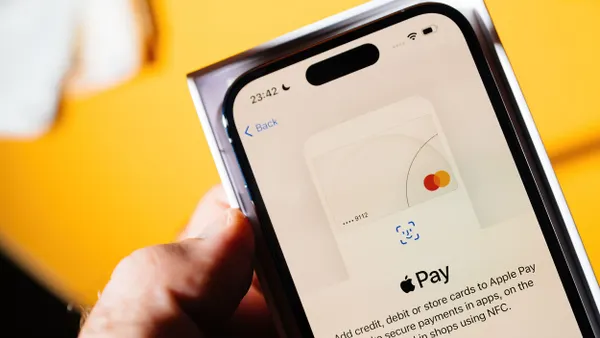Digital wallets, such as Apple Pay, Google Pay and PayPal, are becoming increasingly popular ways for consumers to pay. Checkout.com's latest research finds that 50% of European consumers used a digital wallet at least once in 2020. And 80% say they plan to use a digital wallet in the next 12 months — with 40% suggesting that they plan to do it regularly.
This perhaps shouldn't come as a surprise. Over 50% of web traffic now comes from mobile devices. And this is translating into a growing number of purchases made by consumers on their smartphones or tablets. Research from Forrester finds that half of online retail takes place via smartphone or tablet in Europe's largest markets.
Yet despite growing consumer demand, many retailers are not offering digital wallets like Apple Pay or Google Pay as forms of payment to customers. This is a mistake. Retailers that don't provide consumers the chance to pay using their preferred payment method risk losing out on sales — 60% of consumers tell us they will abandon their cart if they cannot pay with their preferred payment method.
But that's not all. Forward-thinking retailers also offer Apple Pay and Google Pay as part of their overall payment mix to streamline authentication and boost authorization rates. Or, in other words, to capture more revenue.
Three ways digital wallets allow retailers to capture more revenue
1. Boost conversion at the checkout on mobile devices
To fully capture the benefits of the shift towards mobile commerce — namely the opportunity for increased sales — retailers have spent considerable time and effort optimizing the experience for mobile. Yet, the data shows many have neglected the checkout process as part of this work. For instance, research from SaleCycle finds that nearly twice as many consumers abandon their cart on mobile devices compared to those consumers shopping on a desktop.
Friction at the checkout is the most likely reason consumers are abandoning their cart. Inputting card details and shipping details on mobile devices can often be a clunky experience, especially when somebody is shopping on the go. And it becomes even more complicated if the checkout page isn't optimized for mobile.
Retailers can remove a large amount of this friction by allowing customers to pay using digital wallets. With payment details and shipping information stored in the app, consumers don't need to input any details. Instead, they can check out in just one or two clicks, creating a seamless and faster payment experience that's optimized for mobile.
2. Streamline authentication
Card-based payments are subject to increasing checks. Multi-factor authentication protocols — notably 3DS2 — require consumers to provide something they have, something they know, or something they are before the transaction can proceed.
In the main, research shows that consumers like this enhanced security. But, at some point, security becomes a pain, forcing consumers to abandon their purchases. Our data finds that 12% of European retailers have seen approval rates decline due to the early impact of Strong Customer Authentication (SCA) requirements.
By offering digital wallets as a form of payment, retailers can walk the fine line between providing a first-class customer experience and the most robust security. That's because digital wallets benefit from having authentication measures embedded in the app or the phone — for example, fingerprint login or face recognition. This means that retailers don't need to send customers using digital wallets through additional 3DS authentication flows that can lead customers to abandon their purchases.
Note: The card schemes are aligning their rules around liability so that merchants will carry the risk should a transaction made using a digital wallet prove to be fraudulent.
3. Improve authorization rates
A sale isn't complete until it's authorized by a customer's issuing bank. And with our data finding that two-thirds of retailers are working with authorization rates of 89% or less, there is plenty of revenue lost on account of payment decline.
Offering and prompting customers to use digital wallets at the checkout is a way for retailers to improve their authorization rate and capture more revenue. That's because the embedded security that comes with using digital wallets also means issuers are more likely to authorize these payments. Depending on the merchant, the uplift in authorization rates when using a pass-through wallet can be as high as 10%.
Creating the optimal payment mix
Understanding the world of digital wallets is one thing. Implementing the right ones and for the right markets is another. Get it right, and retailers will capture more sales and more revenues. Get it wrong, and they'll be actively handing their competition a competitive advantage.










